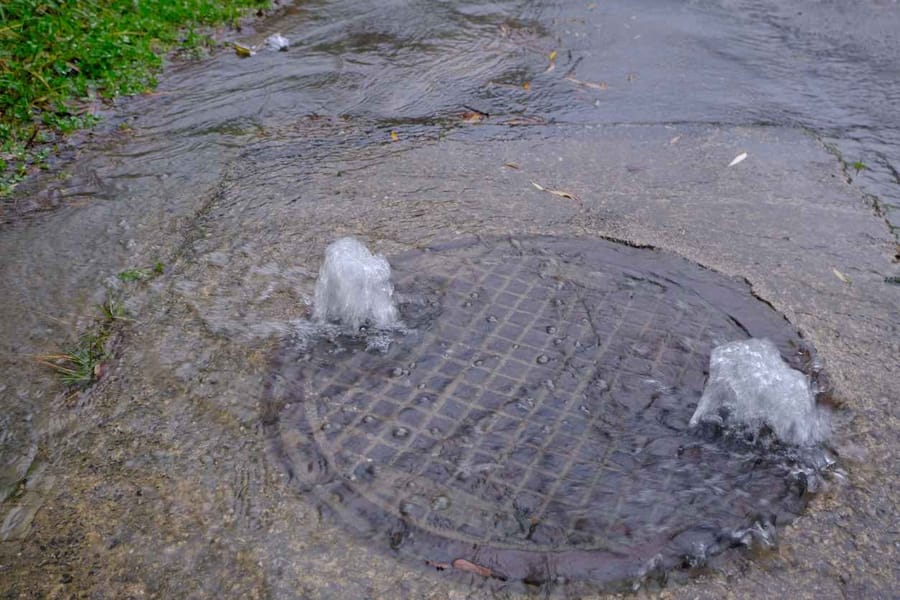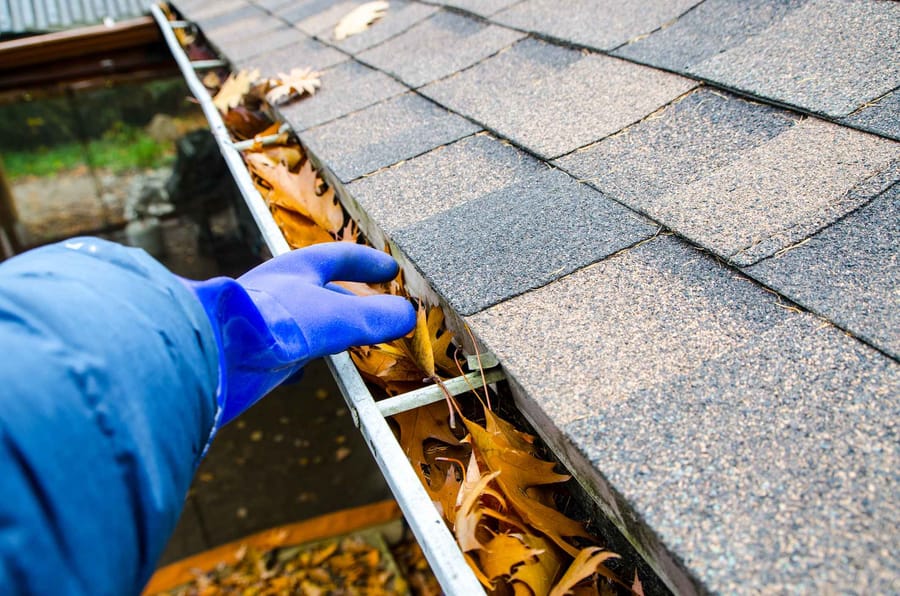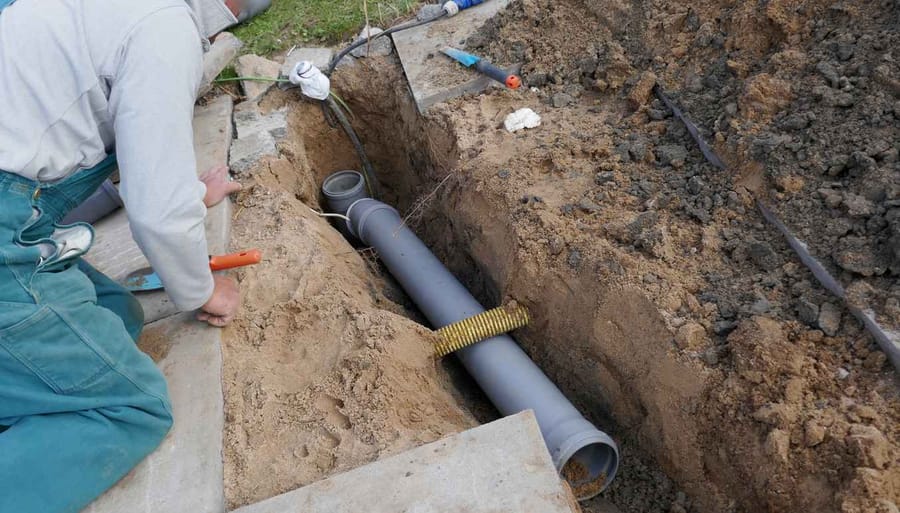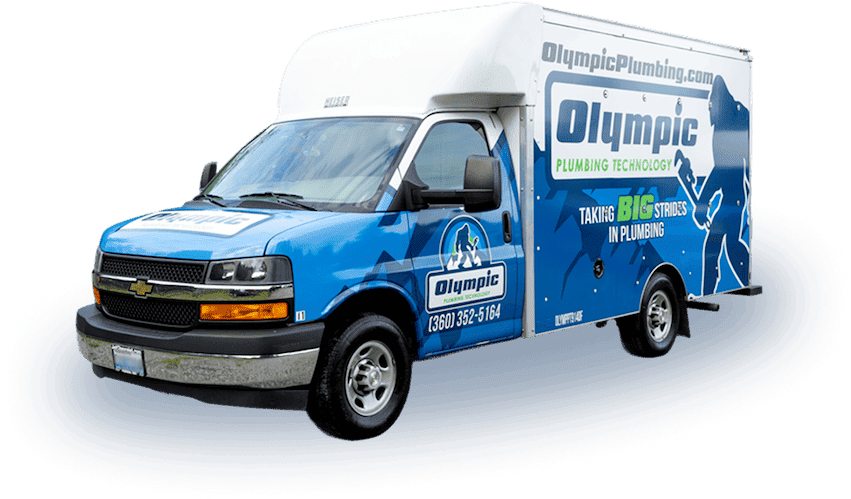Serving the Greater South Sound Area
When to Repair vs. Replace Your Sewer Line
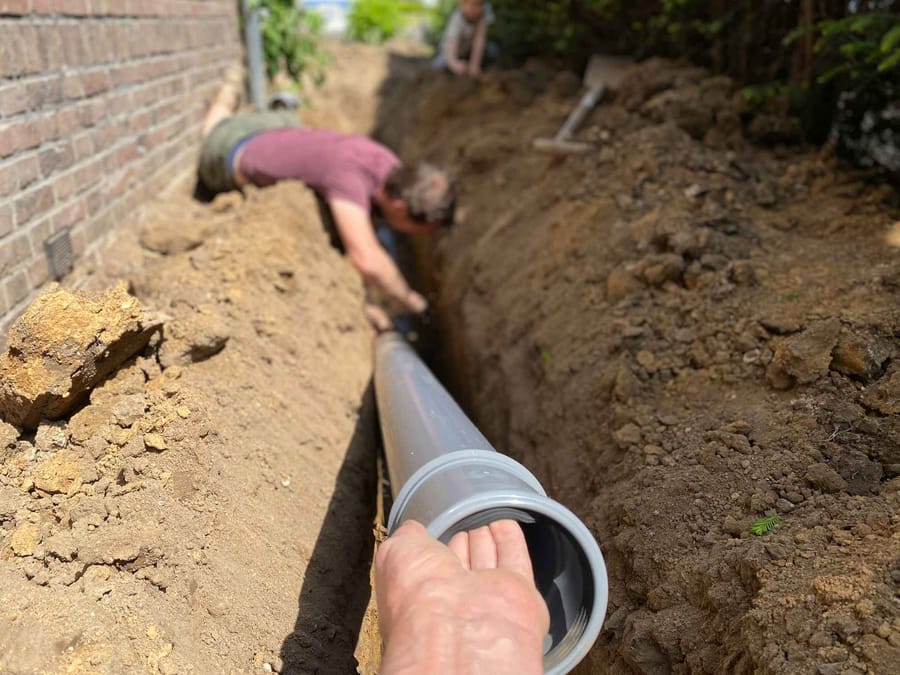
A damaged sewer line is one of the most frustrating and costly plumbing problems a homeowner can face. When wastewater doesn’t drain properly—or worse, starts backing up—it’s natural to panic. But one of the biggest questions you’ll have to answer quickly is this: Should you repair the line or replace it entirely?
Unfortunately, the answer isn’t always obvious. Sewer lines are underground and out of sight, which makes it hard to know how serious the problem is without a professional inspection. And while minor damage may be fixed with a simple repair, bigger or recurring issues could require a full replacement.
In this blog, we’ll walk you through the most common signs of sewer line trouble, explain how plumbers determine the best course of action, and show how Olympic Plumbing Technology helps homeowners make the right call with confidence.
Common Signs of Sewer Line Damage
Sewer line issues rarely show up all at once. Most start subtly—with occasional clogs or odd sounds—and gradually get worse until you’re facing a major plumbing emergency. Recognizing the early warning signs can help you take action before small problems become big, expensive ones.
Symptoms That Signal a Problem
-
Recurring clogs or slow drains: If multiple drains in your home are frequently backing up or draining slowly, the issue may be deeper than a simple clog.
-
Sewage odors: A strong sewer smell in or around your home is never normal and usually indicates a crack or break in the line.
-
Soggy spots in the yard: If you notice wet patches, greener grass, or sunken areas, you might be seeing signs of a leaking underground pipe.
-
Gurgling sounds: Bubbling noises from toilets or drains when water is running elsewhere could suggest a blockage or air trapped in the sewer system.
-
Backups in low-level fixtures: Wastewater coming up through basement floor drains or downstairs showers is a red flag that the main sewer line isn’t draining properly.
These symptoms should never be ignored. The longer a sewer issue goes unresolved, the greater the risk of damage to your home, yard, and foundation.
What’s Causing the Damage?
The causes of sewer line damage vary, but many come down to time, environment, and materials.
-
Aging pipes: Clay, cast iron, and Orangeburg pipes (common in older homes) are prone to cracking, collapsing, or corroding over time.
-
Tree root intrusion: Tree roots naturally seek moisture and can break into sewer lines through tiny joints or cracks, causing serious blockages.
-
Ground movement: Shifting soil from heavy rain, drought, or construction can cause sewer lines to sag, crack, or disconnect at the joints.
-
Poor past repairs or installation: Incorrect slopes, misaligned joints, or low-quality patch jobs can all lead to recurring problems.
-
Corrosion and buildup: Years of grease, soap scum, and debris can narrow the inside of the pipe, causing slow drains and backups.
Knowing what’s happening underground requires a camera inspection—but once you have a clear view, the decision between repair and replacement becomes much easier.
When Sewer Line Repair is the Best Option
Not every sewer problem means you need to tear out the entire line. In many cases, especially when the damage is limited, a professional repair can restore full function without the cost and disruption of a full replacement. The key is catching the issue early and evaluating the condition of the overall system.
Damage is Localized or Minor
If your plumber discovers that the problem is isolated to a small section of pipe—such as a single crack, offset joint, or root intrusion near the surface—a focused repair may be all that’s needed. Techniques like pipe patching or trenchless lining can fix the issue without digging up your whole yard.
These repairs are particularly effective when the rest of your sewer line is still in good condition. A quick fix can eliminate the immediate issue and give you several more years of reliable use.
The Pipe is Still Structurally Sound
Sometimes, even older pipes can still perform well if they’re largely intact. If a camera inspection shows no widespread corrosion, cracks, or collapse, it may not make financial sense to replace the entire line. A spot repair—combined with preventative maintenance—can restore flow and buy you time to plan for a future upgrade when it’s more convenient.
Modern repair methods are also much less invasive than they used to be. At Olympic Plumbing Technology, we use advanced trenchless technology whenever possible to fix problems quickly and with minimal disruption to your property.
When Sewer Line Replacement Makes More Sense
While repair is a great solution for small, localized problems, there are times when a full sewer line replacement is the better—and sometimes necessary—choice. If your system has widespread damage, outdated materials, or recurring issues, replacing the line may save you from future headaches and mounting repair bills.
Widespread or Repeated Problems
If your sewer line has multiple cracks, sagging sections (also known as “bellies”), or recurring blockages in different areas, these are signs of a system that’s failing as a whole. At some point, repeated repairs become a short-term fix for a long-term issue.
Constant clogs, backups, or emergency calls are not just frustrating—they’re expensive. In these cases, investing in a full replacement ensures a more reliable system that won’t keep costing you time and money every few months.
Old or Outdated Materials
Older sewer systems made from clay, cast iron, or Orangeburg (a now-defunct tar paper material used from the 1940s–70s) tend to deteriorate over time. These materials are much more prone to cracking, corrosion, and collapsing.
If your home still has one of these types of pipes—and they’re nearing or past their expected lifespan—it’s often smarter to replace the entire line now rather than wait for a complete failure that could damage your yard or foundation.
Significant Root or Soil Damage
Tree roots are a powerful force. Once they find their way into a sewer line, they tend to keep coming back—even after repair. If roots have invaded multiple sections or have caused extensive cracking, full replacement may be the only way to truly eliminate the issue.
Likewise, if ground shifting has caused the pipe to disconnect or collapse, spot repairs won’t solve the structural problem. Replacement restores proper slope, eliminates compromised segments, and helps prevent future failure due to soil movement.
Choose the Right Fix With Confidence
When your sewer line shows signs of trouble, it’s easy to feel overwhelmed. But knowing whether to repair or replace doesn’t have to be a gamble. With the right information—and a trusted professional on your side—you can make a confident, cost-effective decision that protects your home and your peace of mind.
At Olympic Plumbing Technology, we’re here to help you make the right call. We use honest assessments, detailed inspections, and modern solutions to deliver the service that fits your needs—not just a sales pitch.
If you’re seeing signs of sewer line damage, contact Olympic Plumbing Technology today. Let us inspect, explain, and guide you toward the right long-term fix—so you can move forward with confidence.




